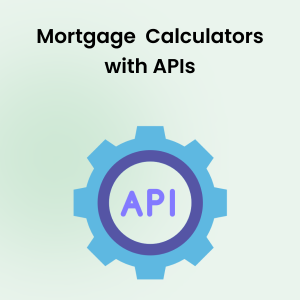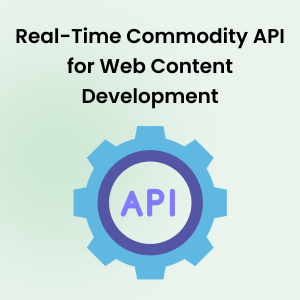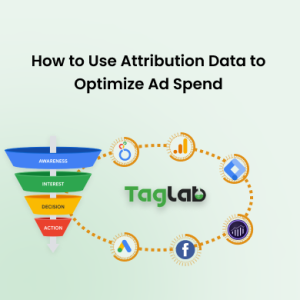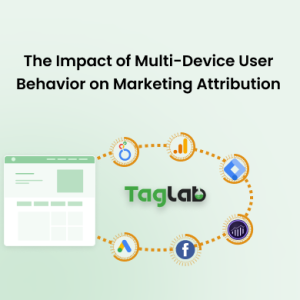Your cart is currently empty!
Paid Search Impressions
Posted by:
|
On:
|
Paid Search Impressions is a key performance indicator (KPI) that measures the number of times a paid search ad is displayed to users on a search engine results page (SERP). This metric helps businesses understand the reach and visibility of their paid search campaigns.
Detailed Explanation
What are Paid Search Impressions?
Paid Search Impressions are counted each time a paid search ad appears on a search engine results page in response to a user’s search query. Impressions indicate how often an ad is seen by potential customers, regardless of whether they click on the ad.
How it Works?
Paid Search Impressions provide insights into the reach and visibility of a paid search campaign. By analyzing impressions, businesses can gauge how frequently their ads are being shown to users searching for relevant keywords. A higher number of impressions indicates that the ad is appearing more frequently in search results.
Types of Paid Search Impressions
- Total Impressions: The total number of times an ad is displayed.
- Keyword-Specific Impressions: The number of impressions generated by specific keywords.
- Ad-Specific Impressions: The number of impressions for individual ads.
Illustrative Scenarios
Examples
- If a paid search campaign generates 50,000 impressions in a month, it means the ads were shown 50,000 times on search engine results pages.
- If a specific keyword generates 10,000 impressions, it indicates that the ads triggered by that keyword were displayed 10,000 times.
Segmentation
Analyzing Paid Search Impressions by different segments (e.g., by keyword, ad group, or geographic location) can provide deeper insights. For example, comparing impressions across different keywords can help optimize bidding strategies and ad targeting.
Factors Influencing Paid Search Impressions
- Keyword Selection: The choice of keywords and their match types can affect the number of impressions.
- Ad Position: Ads in higher positions on the search results page tend to receive more impressions.
- Bid Amount: Higher bids can increase the likelihood of an ad being shown.
- Ad Quality Score: Ads with higher quality scores are more likely to receive more impressions.
- Ad Schedule: The times and days when ads are scheduled to run can impact impressions.
Strategies to Increase Paid Search Impressions
- Optimizing Keywords: Choose relevant keywords with high search volumes to increase impressions.
- Improving Ad Quality: Enhance ad relevance, landing page experience, and expected click-through rate to boost quality scores and impressions.
- Adjusting Bids: Increase bids for competitive keywords to improve ad position and visibility.
- Expanding Ad Schedule: Extend the ad schedule to run ads during more times and days to capture additional impressions.
- Utilizing Ad Extensions: Implement ad extensions to enhance ad visibility and increase impressions.
Paid Search Impressions Benchmarks
Paid Search Impressions benchmarks vary by industry and type of campaign. For example:
- E-commerce: Typically have high impression volumes due to the broad range of relevant keywords.
- Finance and Insurance: Often have lower impression volumes but higher competition for keywords.
- Technology: Impressions can vary widely based on the specific products and services being advertised.
Comparing your Paid Search Impressions against industry standards can help gauge performance and set realistic goals.
Tools for Measuring Paid Search Impressions
- Google Ads: Provides detailed impression tracking and analysis for paid search campaigns.
- Bing Ads: Offers comprehensive impression tracking and reporting for paid search campaigns on Bing.
- Google Analytics: Integrates with paid search platforms to provide insights into impressions and user behavior.
Common Pitfalls and Mistakes
- Ignoring Keyword Selection: Failing to choose relevant keywords can result in lower impressions.
- Poor Ad Quality: Low-quality ads may receive fewer impressions due to lower quality scores.
- Neglecting Bid Management: Not adjusting bids for competitive keywords can lead to fewer impressions.
- Overlooking Ad Schedule: Failing to optimize ad schedules can result in missed opportunities for impressions.
- Inconsistent Tracking: Inaccurate or inconsistent impression tracking can lead to unreliable data and insights.
Frequently Asked Questions
What are Paid Search Impressions?
Paid Search Impressions measure the number of times a paid search ad is displayed to users on a search engine results page. Impressions indicate how often an ad is seen by potential customers.
Why are Paid Search Impressions important?
Paid Search Impressions are important because they help businesses understand the reach and visibility of their paid search campaigns. Higher impressions indicate greater visibility and potential reach.
How can I increase my Paid Search Impressions?
Increasing Paid Search Impressions can be achieved by optimizing keywords, improving ad quality, adjusting bids, expanding ad schedules, and utilizing ad extensions.
What factors influence Paid Search Impressions?
Factors influencing Paid Search Impressions include keyword selection, ad position, bid amount, ad quality score, and ad schedule. Addressing these factors can help increase impressions.
What is a good benchmark for Paid Search Impressions?
A good benchmark for Paid Search Impressions varies by industry. E-commerce typically has high impression volumes, finance and insurance often have lower volumes but higher competition, and technology impressions can vary widely. Comparing against industry benchmarks can help set realistic goals.



